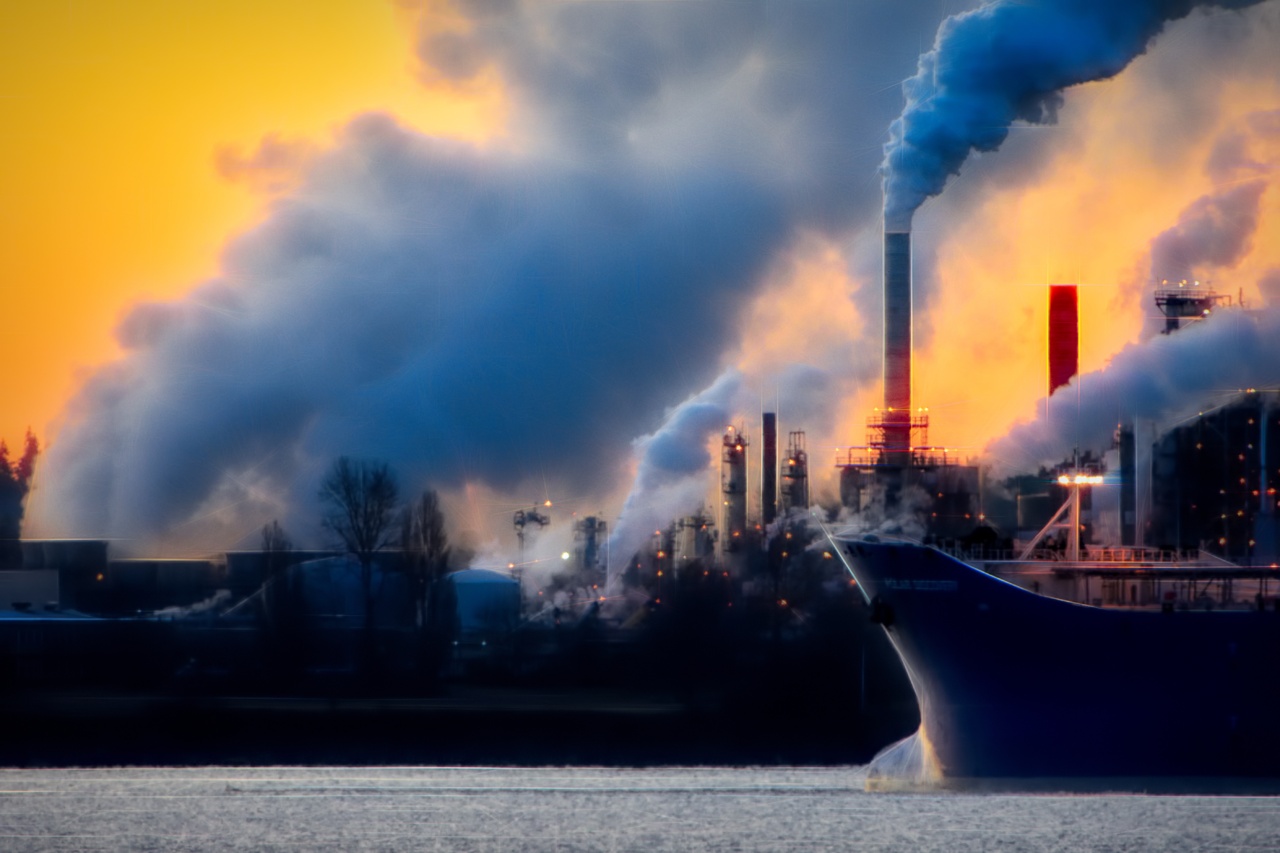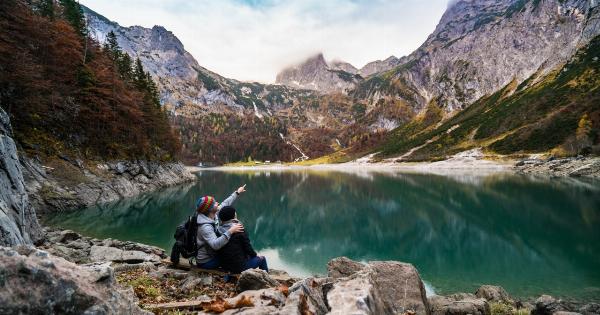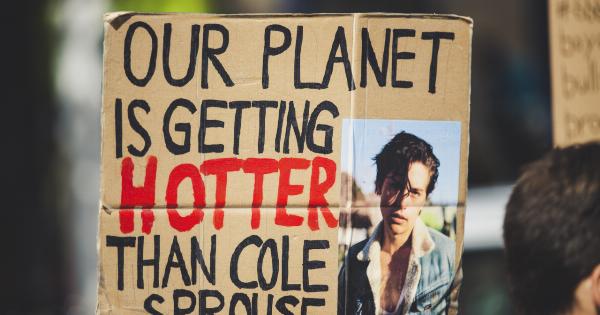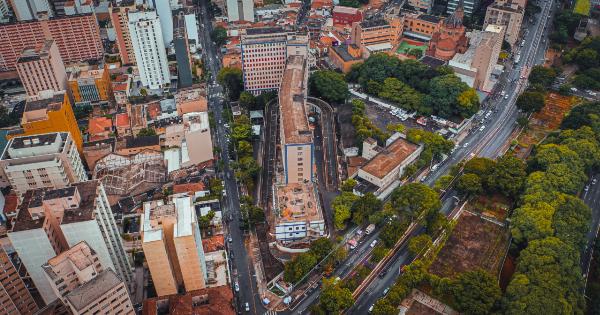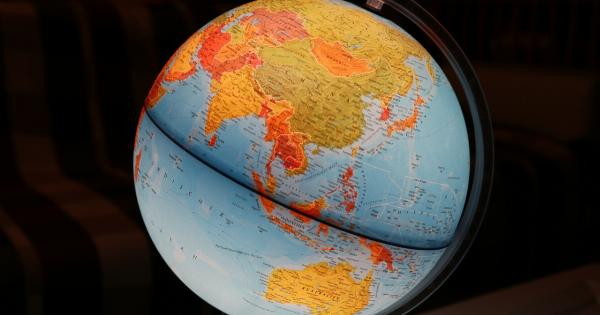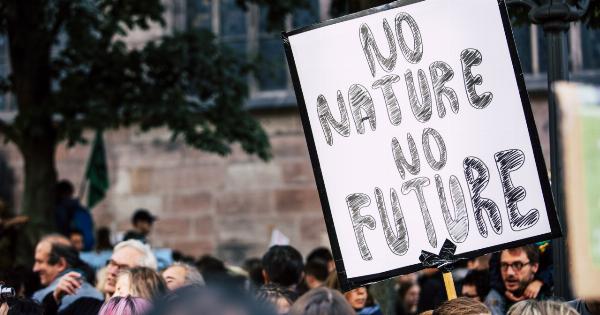The topic of pollution and its impact on the environment and health of living organisms has been widely discussed over the past few decades. However, we are yet to fully understand the extent of the problem and its unseen consequences.
According to the World Health Organization (WHO), air pollution alone causes around 8.8 million fatalities each year worldwide. In this article, we will explore the impact of atmospheric pollution on human health and the environment and the measures we can take to reduce its deadly effects.
: The Cost of Health
Exposure to pollution can cause a range of health problems. It can lead to respiratory, cardiovascular, and neurological diseases.
Air pollution is one of the leading causes of lung cancer, and it can also cause chronic obstructive pulmonary disease, asthma, and other respiratory conditions. Noise pollution can also affect the health of people who live in areas with high levels of noise. The negative effects of pollution on health can be immediate or long-term, and they can be very severe, resulting in illness or even death.
: The Cost of the Environment
The impact of pollution goes beyond its effects on human health. Pollution can cause soil, water, and air contamination, which can harm living organisms, including plants and animals.
It can also cause climate change, which can have devastating effects on the environment. Pollution can lead to acid rain, which can damage crops, forests, and bodies of water. It can also cause the depletion of the ozone layer, which protects the earth from harmful UV rays.
Pollution can also lead to the release of greenhouse gases, which can contribute to global warming and climate change.
: The Sources of Pollution
There are many sources of pollution, including industrial activities, transportation, and energy production. Industrial activities such as mining, manufacturing, and chemical production can release toxic pollutants into the environment.
Transportation, including cars, trucks, planes, and ships, can release pollutants such as nitrogen oxides, carbon monoxide, and particulate matter. Energy production, including coal-fired power plants and oil refineries, can release large amounts of pollutants into the air and water.
: The Solutions to Pollution
Addressing pollution requires a multifaceted approach that involves governments, businesses, and individuals. Governments can implement laws and policies that restrict pollution and encourage the use of cleaner technologies and practices.
Businesses can invest in new technologies and practices that reduce pollution and increase energy efficiency. As individuals, we can make choices that reduce our impact on the environment, such as using public transportation, reducing our meat consumption, and recycling.
: Renewable Energy
One of the most effective solutions to pollution is the adoption of renewable energy sources such as solar, wind, and hydro.
These sources of energy do not release pollutants into the environment and are much cleaner than fossil fuel-based energy sources. Renewable energy is becoming more affordable and accessible, and many countries are setting targets to increase their use of renewable energy in their energy mix.
The transition to renewable energy will not only reduce pollution but will also create jobs and strengthen the economy.
: Green Infrastructure
Green infrastructure is another solution to pollution that involves the use of natural systems and processes to clean the environment.
This includes the use of plants and trees to absorb pollutants from the air and water, the implementation of rain gardens and bioswales to filter stormwater runoff, and the use of permeable pavements that allow water to seep into the ground instead of running off. Green infrastructure can reduce the amount of pollution that enters the environment and also provide other benefits, such as improving air quality and enhancing the beauty of urban areas.
: Conclusion
The unseen cost of atmospheric pollution is enormous, both in terms of its impact on health and the environment. It is essential that we take action to reduce pollution and protect ourselves and our planet.
Governments, businesses, and individuals must work together to implement solutions such as renewable energy and green infrastructure. We must also continue to monitor and measure the impact of pollution on our air, water, and soil and take corrective action when necessary. Only by working together can we create a world that is healthy, sustainable, and clean.
